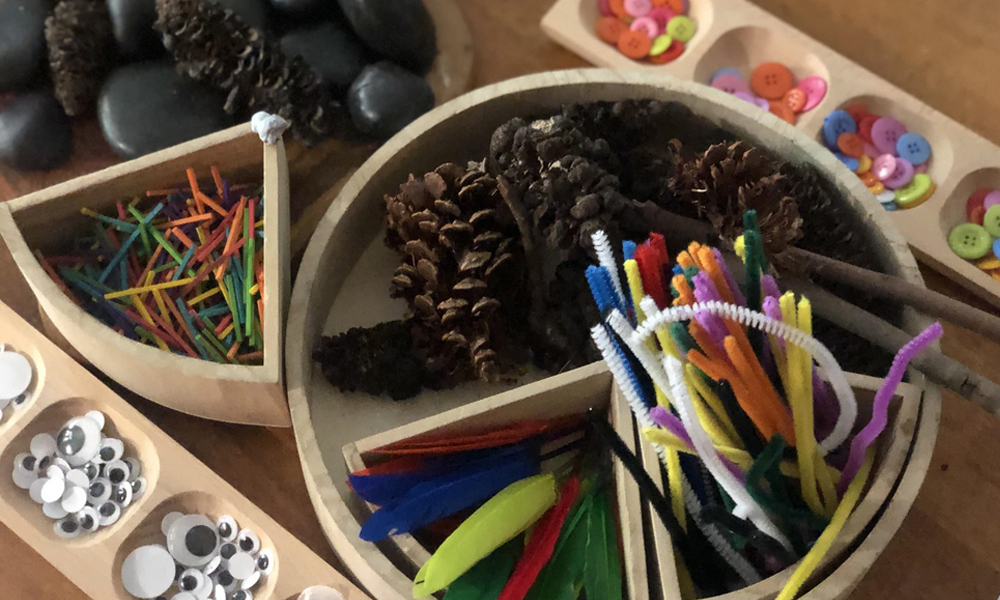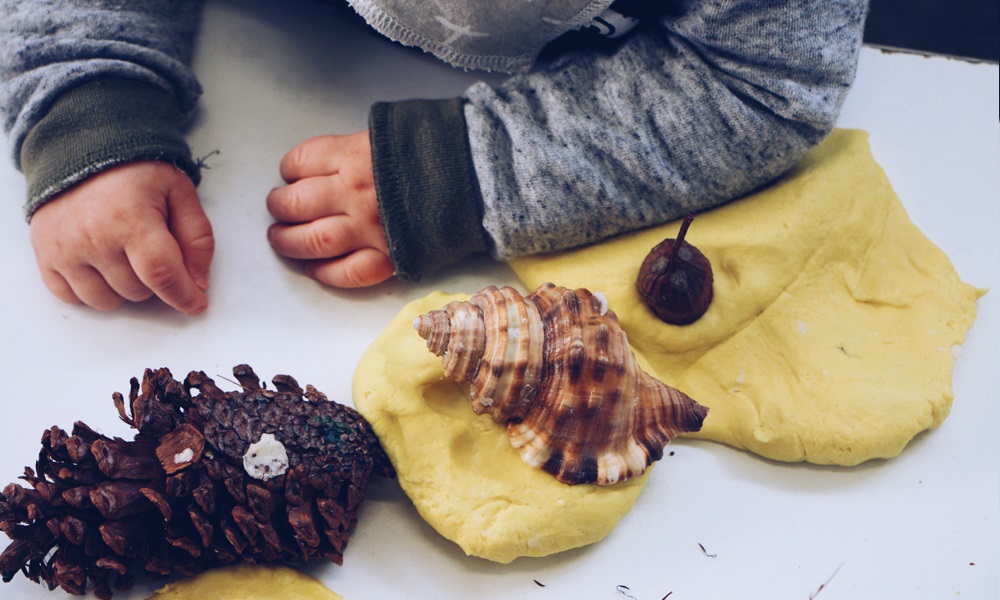‘Open-ended’, ‘sustainable’, ‘creativity’ and ‘infinite possibilities’ are just some of the words that come to mind when we think about loose parts in play. Loose parts are becoming increasingly popular in early childhood settings and it’s not surprising to consider why. Here at Explore & Develop Narraweena, we have looked to the principles of Reggio Emilia to inspire and guide some of our practices. Their use of loose parts provides many wonderful ideas on how to incorporate them into the learning environment and thus our journey into the use of loose parts began.
“The wider the range of possibilities we offer children, the more intense will be their motivations and the richer their experiences.”
-Loris Malaguzzi, Founder of the Reggio Emilia Approach
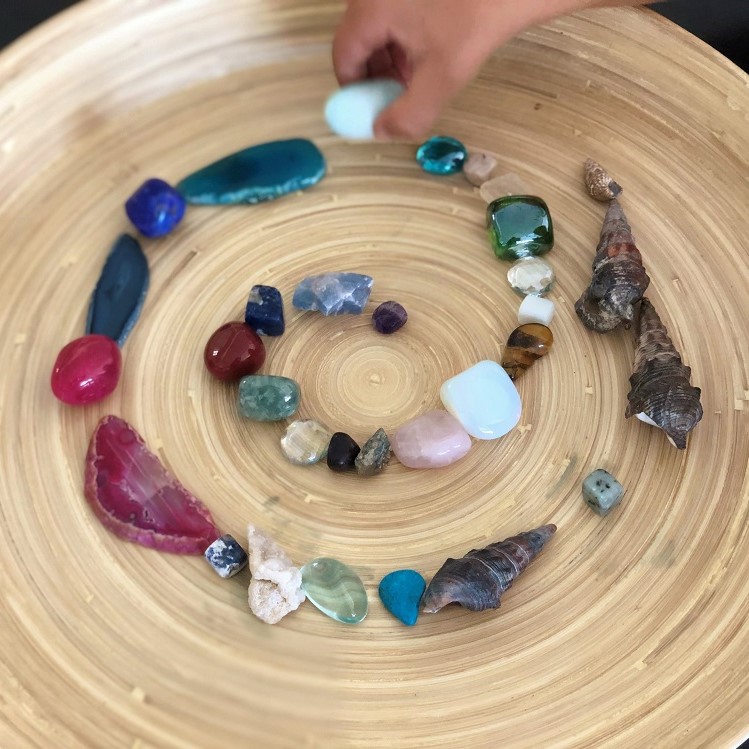
So what exactly are loose parts? Loose parts are objects or materials that have no particular intended purpose or use. They can be used in a multitude of ways and often rely on the imagination of the individual who is using them. They are usually strategically placed in different areas of the learning environment and are often accompanied by a provocation for learning. When engaging with loose parts, children are encouraged to be creative, inventive, resourceful, innovative and imaginative. Loose parts work well for both individual and group experiences and can be explored both indoors and outdoors. It is important to consider the ways in which you store loose parts to ensure that they are inviting, organised and can be easily packed away for the next use.

Our preschool rooms were some of the first to begin exploring loose parts. We began to recognise that there were a range of loose parts that could be incorporated into play spaces that particularly focused on opportunities for creative expression. Items such as shells, corks, buttons, feathers, bottle tops and leaves were placed in small divider boxes near the art area. These small parts were separated to highlight each individual resource and so that children could easily see what was on offer. The potential for creativity was evident as educators observed the children utilising the same parts to create an array of different masterpieces. This supported our philosophy that art should not necessarily have a defined end but instead be open-ended to encourage children to experiment and explore the possibilities of art. We continue to offer art experiences in this way, and over time have refined the process, at times adding provocations that provoke ideas and imagination. To support this, educators will carefully select items that support this provocation.
It is important to note that the way in which loose parts are placed can make a distinct difference to their use. Having carefully selected resources that are placed in divided or separate spaces ensures that they are visually appealing and do not overwhelm children. This can encourage the notion that each resource possesses its own unique properties and promotes a child’s respect for individual resources. They should also all have a space or place where they belong, as loose parts are designed to be assembled and pulled apart. Having a designated space allows these loose parts to be easily packed away, not only by educators but also by the children, thus empowering them further.
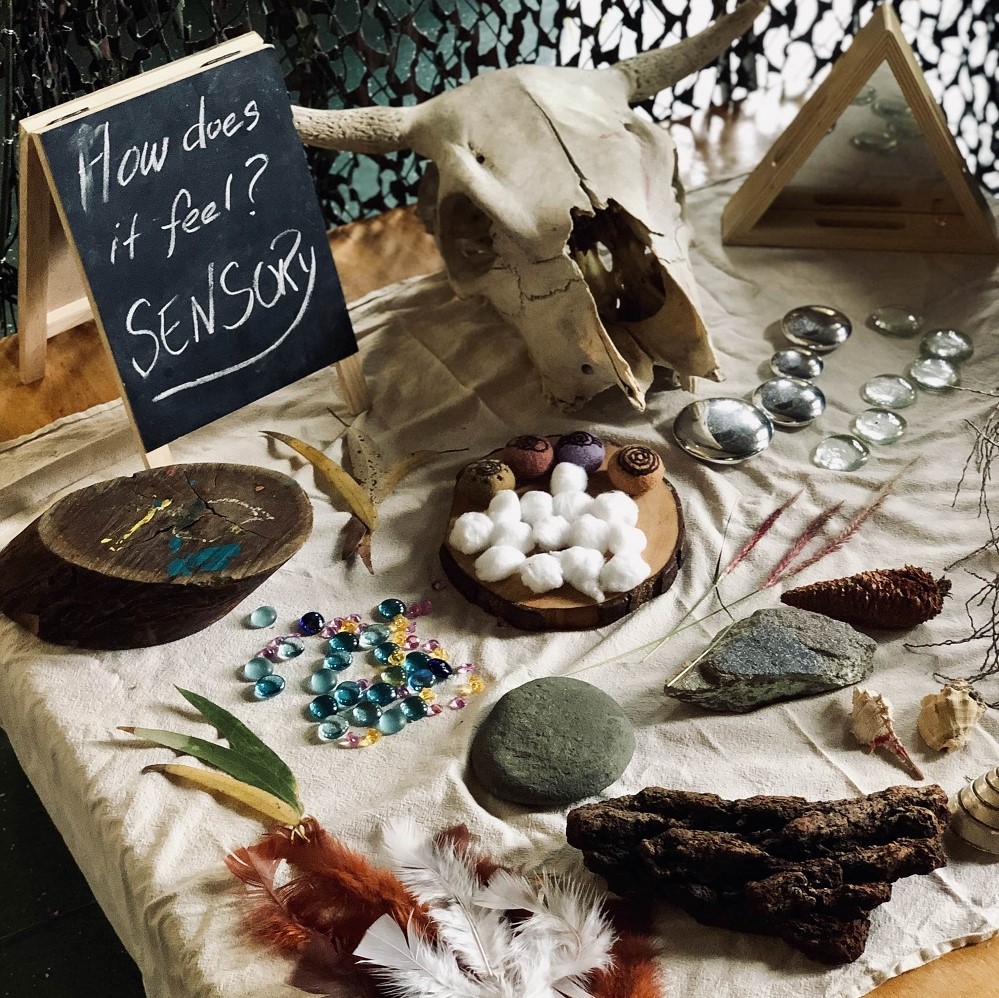
Natural objects became a frequent feature of loose part play. These resources were not only easily accessible and sustainable, they also offered many opportunities in play. Natural loose part resources could be collected on a simple nature walk and then added to small world play, used as a point of investigation, used in art experiences or even incorporated into construction. Beyond creativity, we also then began to see these resources as a wonderful way to explore STEM concepts in play. Exploring sticks, stones, shells, leaves and pine cones encouraged children to think about size, shape, matter, volume and even patterning. This also opened up the opportunity to explore transient or ephemeral art; an art system that encourages resources to be assembled into patterns, designs, symmetry, lines or shapes and then pulled apart to create again. Children could spend time considering their creations and then piecing together a design with similar or opposing attributes. We then began to add these to construction which meant our children who love construction would be more likely to use them.
Reaching a wider audience makes a resource more valuable and something we truly believe in at our service. Loris Malaguzzi suggests that children have a hundred languages in which to explore, create and express themselves; open-ended resources such as these encourage children to do exactly that. Through construction, children could use rocks, shells, coloured stones and more to add depth, balance and imagination to their designs. All the while, these children were also using measurement, balance and one-to-one correspondence to extend and build upon mathematical concepts.

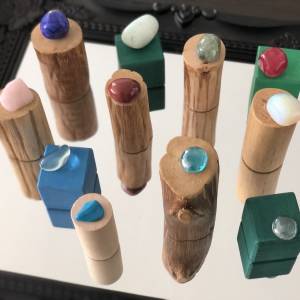
“A ‘loose-parts’ toy, as Nicholson defined it, is open-ended; children may use it in many ways and combine it with other loose parts through imagination and creativity . . . Nature, which excites all the senses, remains the richest source of loose parts.”
Richard Louv


While the benefits of loose parts indoors became evident for art, then construction and other forms of creativity, the outdoors soon became a place where loose parts could also be incorporated. When looking to add loose parts items to the outdoors we looked to collaborate with our families and bring along carefully selected items for play.
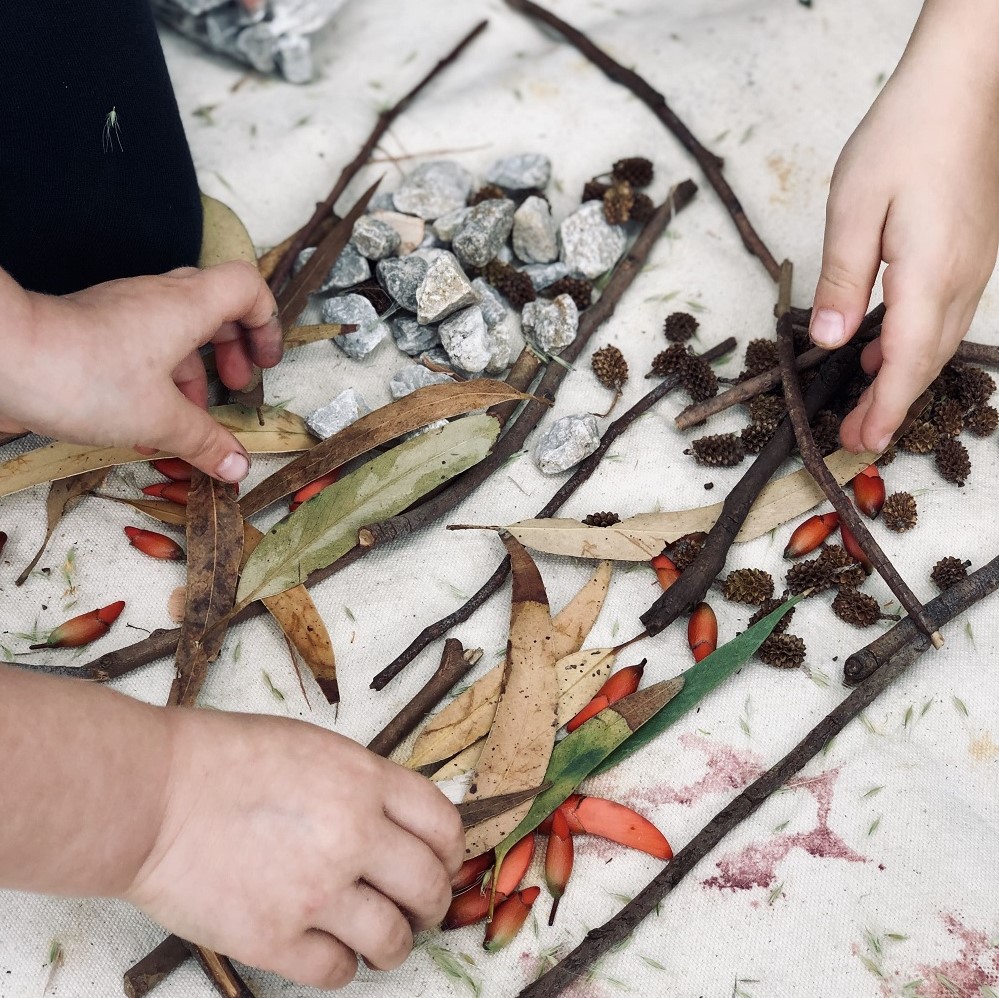
We invited our families and educators to source pipes, tyres, wood and old pots and pans. This again highlighted the sustainable benefit of using old parts which may otherwise end up in landfill. There were many areas of the outdoor space that these could be added to and they became carefully placed around the yard. The sandpit became a hive of activity with pipes and sieves being added. This challenged the children’s thinking and we observed them being used to fill, tip pour and dig.

In other areas of the outdoor space we saw loose parts incorporated into play. Pipes became binoculars, tunnels or robot arms. Pieces of material turned into pirate ship sales, cubby houses, forts and butterfly wings. Pots and pans turned into an entire instrumental band with drums and cymbals, or were added to the mud kitchen for hours of muddy exploration. Loose parts became permanent structures in our outdoor garden as we added old pots and combined pieces of wood to create new garden beds. It was now evident that loose parts were here to stay and they continue to feature in all areas of our learning spaces, used and reused for different experiences.

If you are beginning your journey into loose parts, you will not look back. One word of advice would be to introduce them slowly and carefully. Find a space for each new item before including another and have the children become familiar with using them. Before long, you will realise the endless potential of loose parts and observe the many ways they can be used over and over again to create open-ended, imaginative play spaces.
How do you explore loose parts in your learning environment? We’d love to hear from you!
About the Author:
Mel Ishkhanian has over 15 years experience in the early childhood industry and is currently employed at Explore & Develop Narraweena. She has a bachelor degree in Early Childhood education and engages in frequent professional development in order to keep up to date with current theory and research within the industry. As Educational Leader of the service, she applies current research into practice and strives to connect the service to both the local and wider communities. With a passion for treating children as capable and confident beings, she applies theories of play, the 8 ways of Learning Pedagogy and is also influenced by the Reggio Emilia principles. Check out regular social posts by Mel @explore&developnarraweena.
Featured Products

